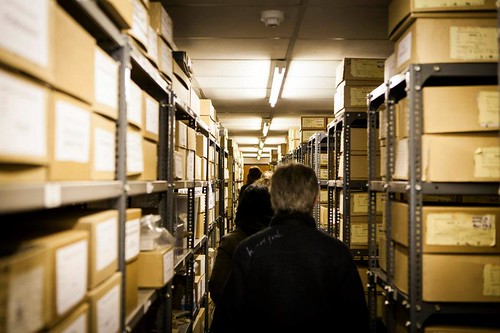#CAAPerth Day Four
<Live blog>
11:38
Interesting to get statistics on usage in the field next season – can get at issues then of serendipitous discovery perhaps. Also discussion of potential impact (good and bad) on evolving archaeology on the site of accessing information before it has been in some way checked or otherwise curated. Also is the immediacy of connection between the field and the spceialists. This relates to ongoing work on fieldwork ethnographies as part of the RCUK Patina Project.
Continue reading →





